Best winter cycling gloves 2025 - how to keep your hands warm in the coldest months
Good winter gloves are vital for enjoyment and safety if you are riding through the colder months
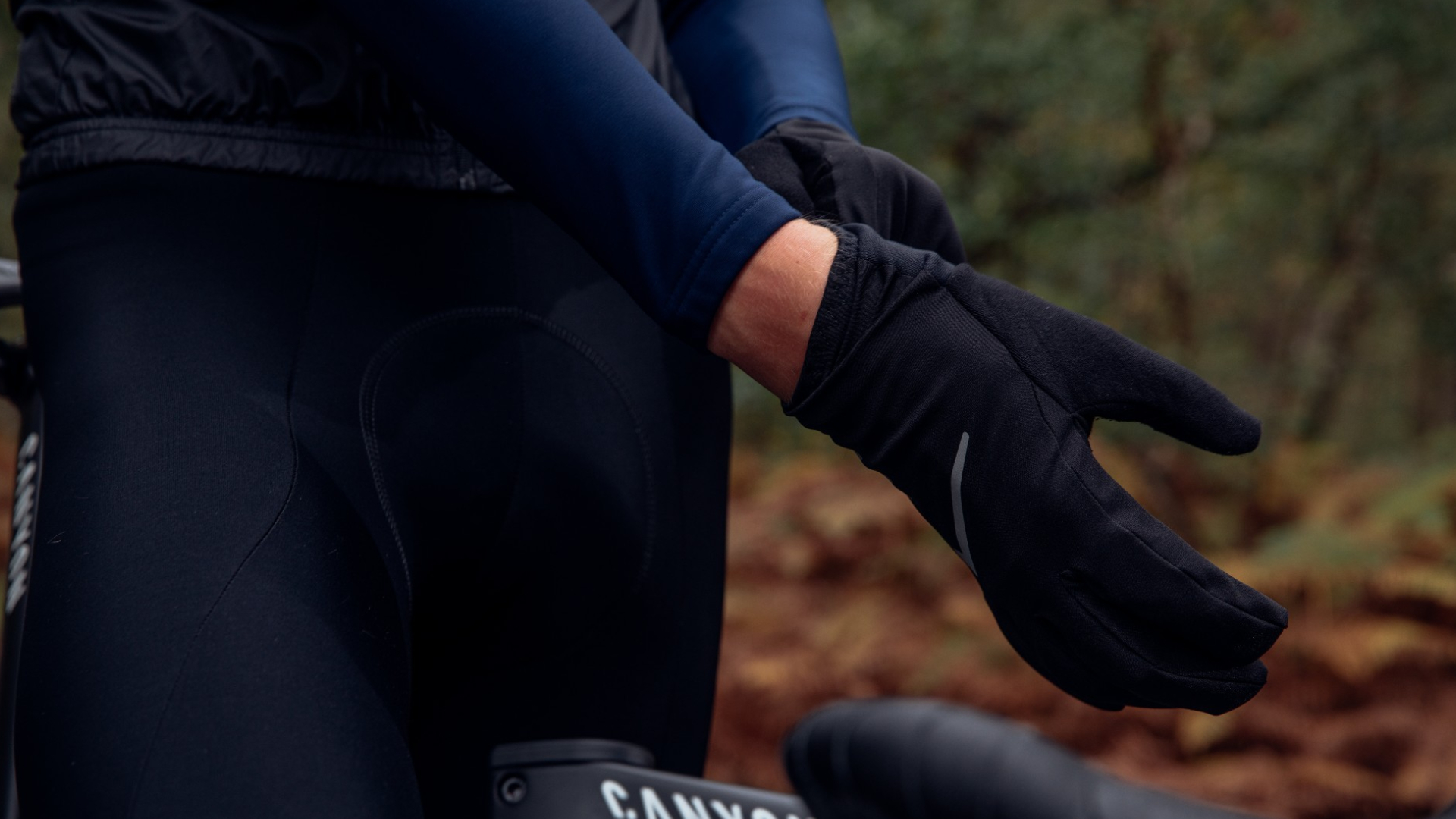
Cold hands on a bike are at best uncomfortable and at worst dangerous. Numb fingers won’t operate gears and brakes very well and can turn a bracing winter ride into an unpleasant sufferfest.
Unfortunately, it is hard to keep hands (and feet) warm when riding - they are stuck out at the end of our limbs exposed to cold wind and rain, and are largely immobile most of the time. They also have to operate the bike’s controls, unwrap snacks and grip the handlebars so can’t just be the biggest, thickest pair of mitts you can find. Therefore it is well worth finding a glove system that works for you and your riding.
When the temperature starts to drop, it is protection from the wind which is first required; even on a perfectly still day at a reasonable 8°C, a riding speed of 40kph reduces the effective temperature to 3° due to windchill. Thus the outer layer of a winter glove will usually be windproof and/or waterproof, with a layer of insulation underneath it to trap warm air next to the skin. Usually, this will be in the form of some kind of fleece or synthetic insulation such as Primaloft.
So far, so easy, but despite the frigid temperatures you are still likely to generate some sweat whilst slogging uphill so the fabrics will need to allow moisture to escape, otherwise you will get damp and chilled from the inside. It is this combination of weather protection and breathability which is the key balance and which marks out the more performance-orientated products.
You will of course also need to grip the handlebars, control the bike, operate the brakes and shift gears, so you need a decent degree of dexterity. Usually, the best gloves will have less insulation on the palm side to facilitate this. Below we have included our top picks in this regard, and it is worth noting that some of the models below are all-rounders, and some are best defined as 'deep winter gloves' which sacrifice a bit of dexterity for pure warmth.
Additionally if you suffer from cold feet as well as cold hands, have a look at beefing up your winter wardrobe with a pair of the best overshoes or a pair of the best winter cycling shoes if you intend to keep riding through the winter. Also when the weather turns, be sure to have a look at our guides on the best waterproof cycling jackets, and best winter cycling jackets.
The quick list
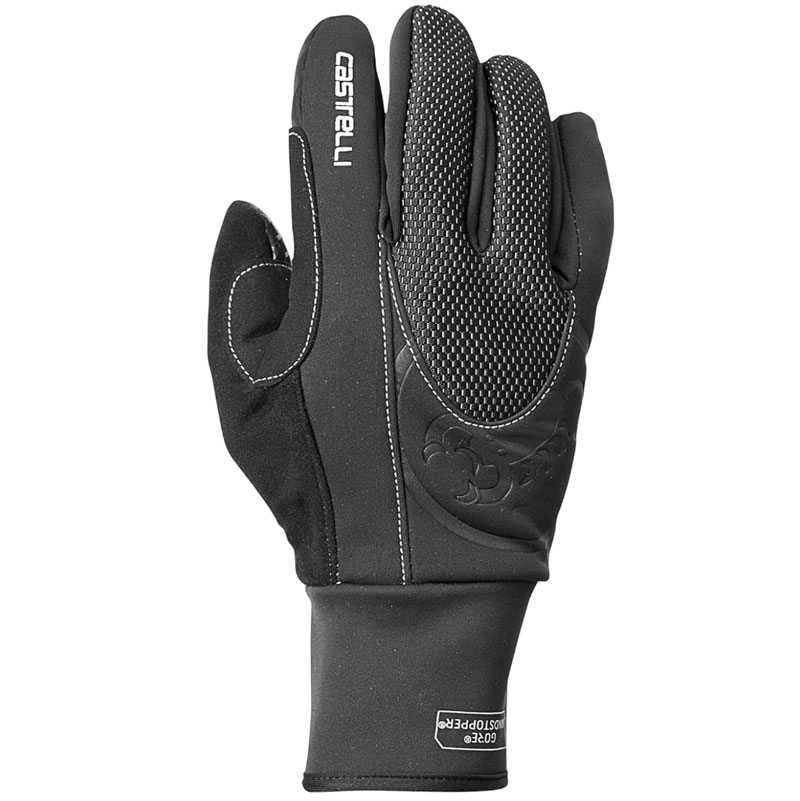
Best for performance
Castelli has managed to succeed in the tricky task of making a winter glove that’s warm enough for sub-zero temperatures without it turning into a cumbersome ski glove. The gloves feel lightweight and allow you to move your fingers comfortably.
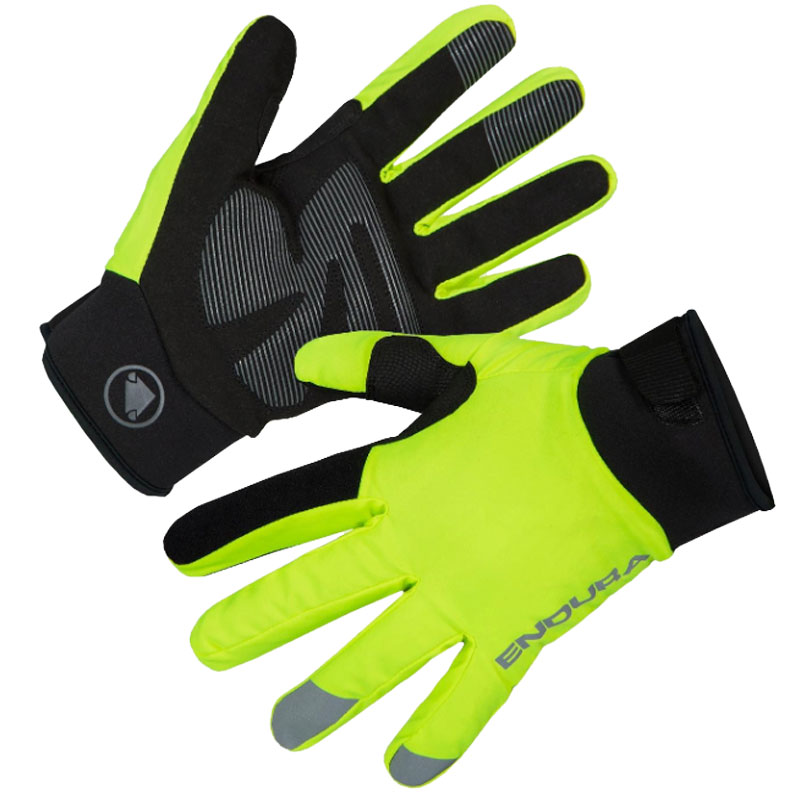
Best value
The Endura Strike gloves have reasonable levels of insulation and waterproofing at a very accessible price point. The cuffs could be longer for better coverage and the touchscreen compatibility isn't great, but overall these impressed us.
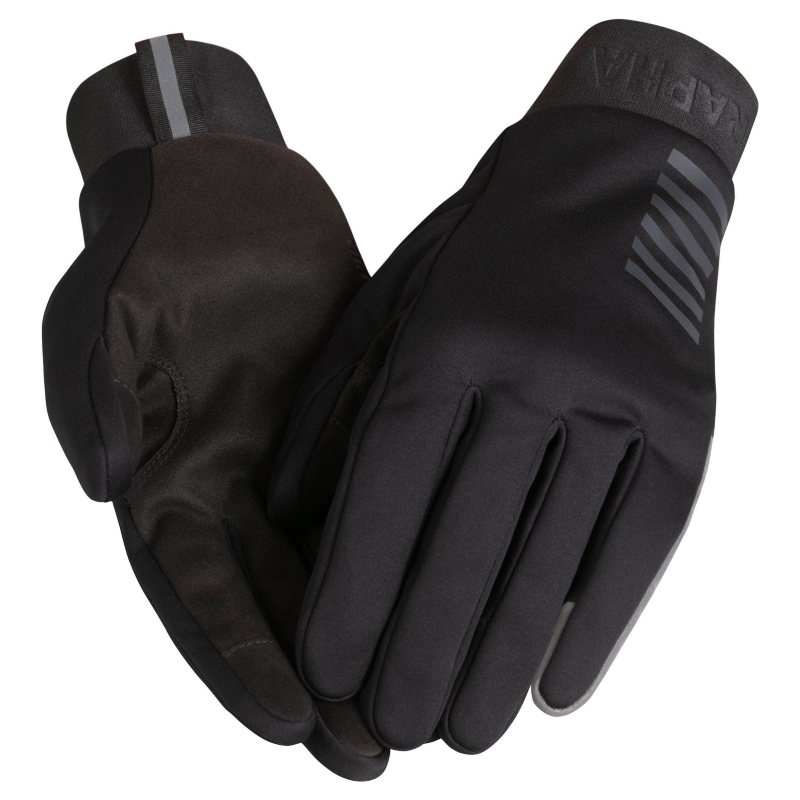
Best warmth vs bulk
Comfortable, breathable and with good weather protection, the Pro Team gloves from Rapha are great for non-Baltic days. Dexterity is excellent, and the gloves are very low-profile allround so are far less cumbersome than some.
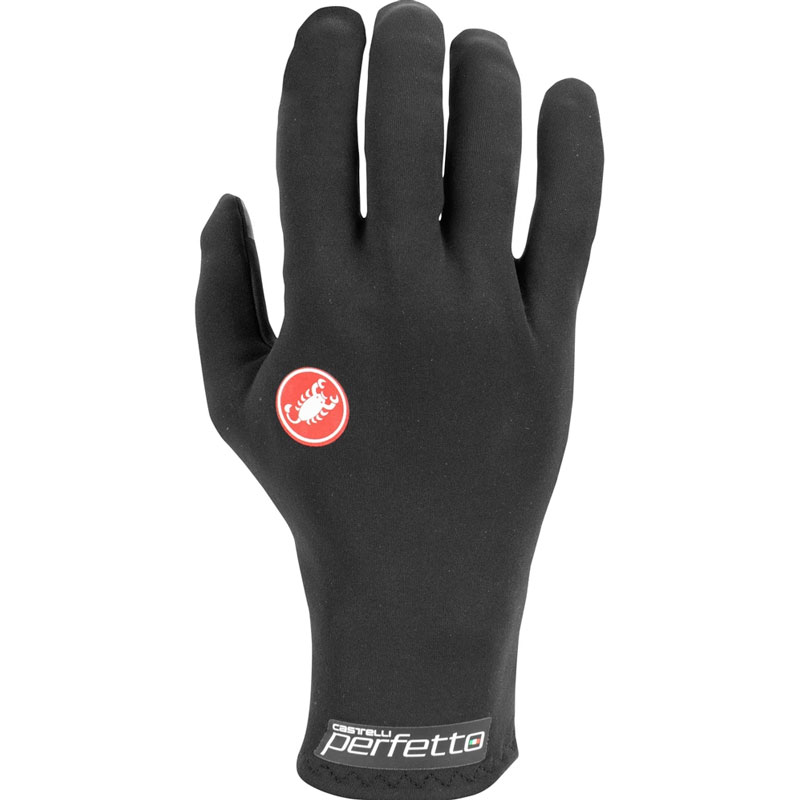
Best for mixed conditions
Castelli's Perfetto RoS is a superb cool weather option. There is enough insulation to stave off chilly hands whilst the Gore Infinium Windstopper fabric blocks cold breezes. Bar-feel and dexterity are also top-notch and the cuff covers the wrist nicely too.
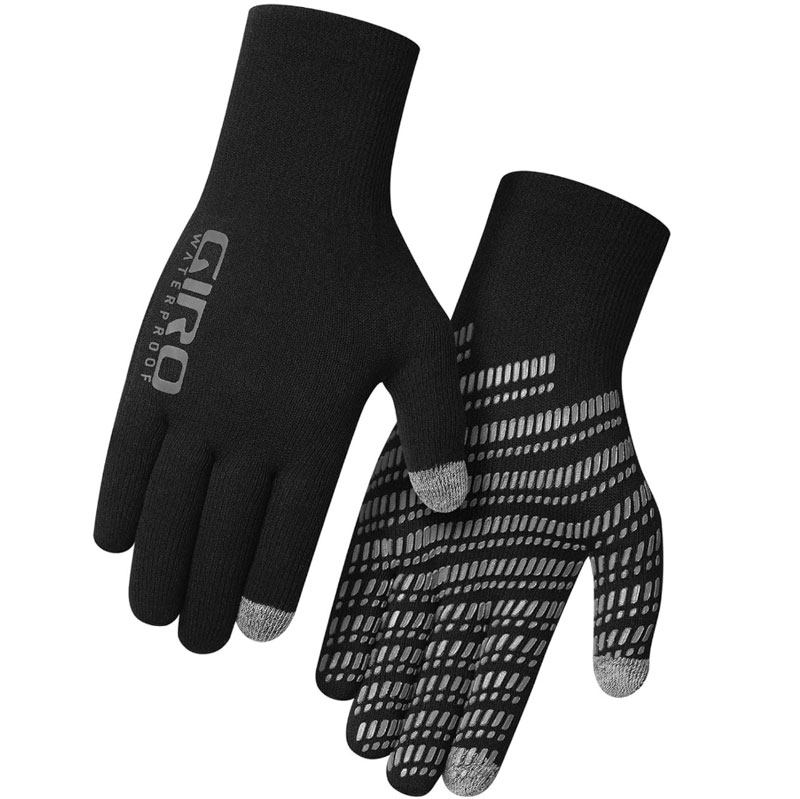
Best for breathability
The Giro Xnetic H20 gloves are a great wet-weather option and more. They’ll keep your hands warm and dry without the bulk of a more traditional winter glove or the clamminess of neoprene.
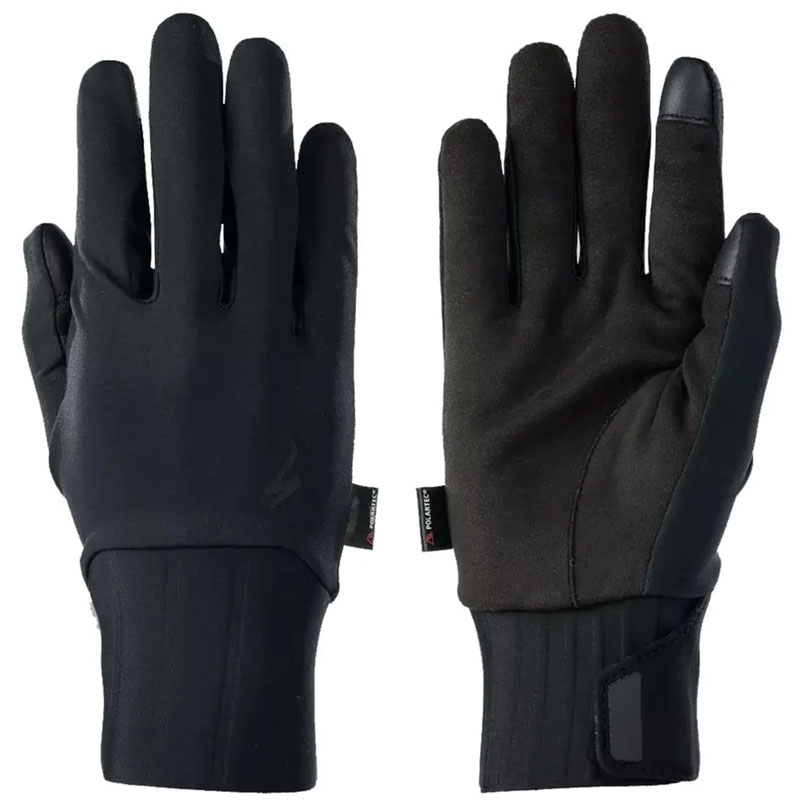
Best for mild weather
The design is simple but effective, good-quality fabrics are used, the fit is exactly in line with Specialized's size chart and the price is fair. Ideal for late autumn/early spring riding in changeable conditions.
Load the next model
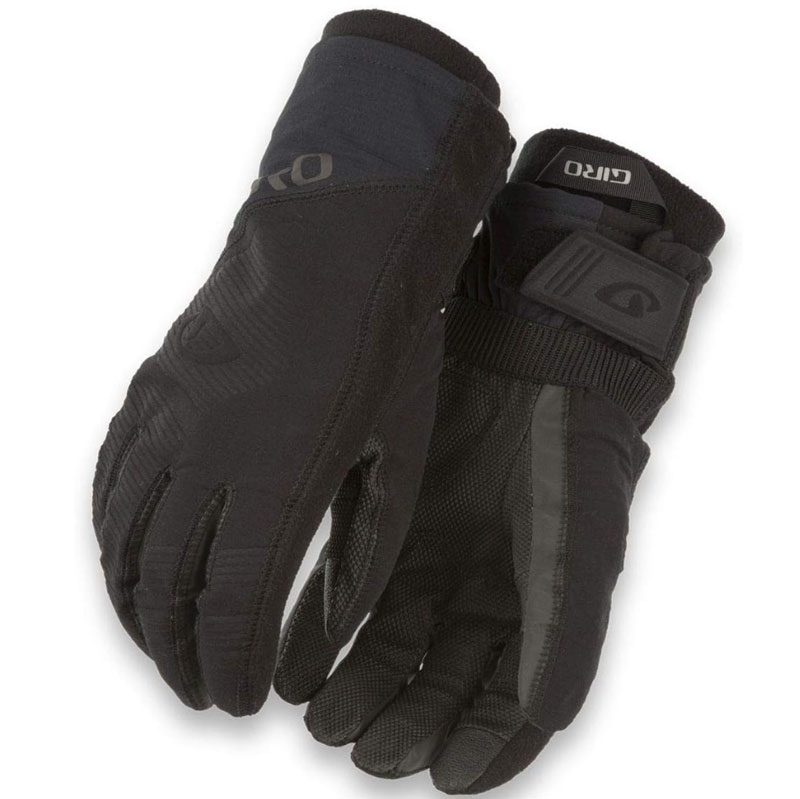
Best for absolute warmth
Designed to perform in cold, wet conditions, the Giro Proof is extremely warm. The blend of technical fabrics and good design allows for decent freedom of movement despite the bulk and the build quality impressed us too.
Best winter cycling gloves 2025
Best overall
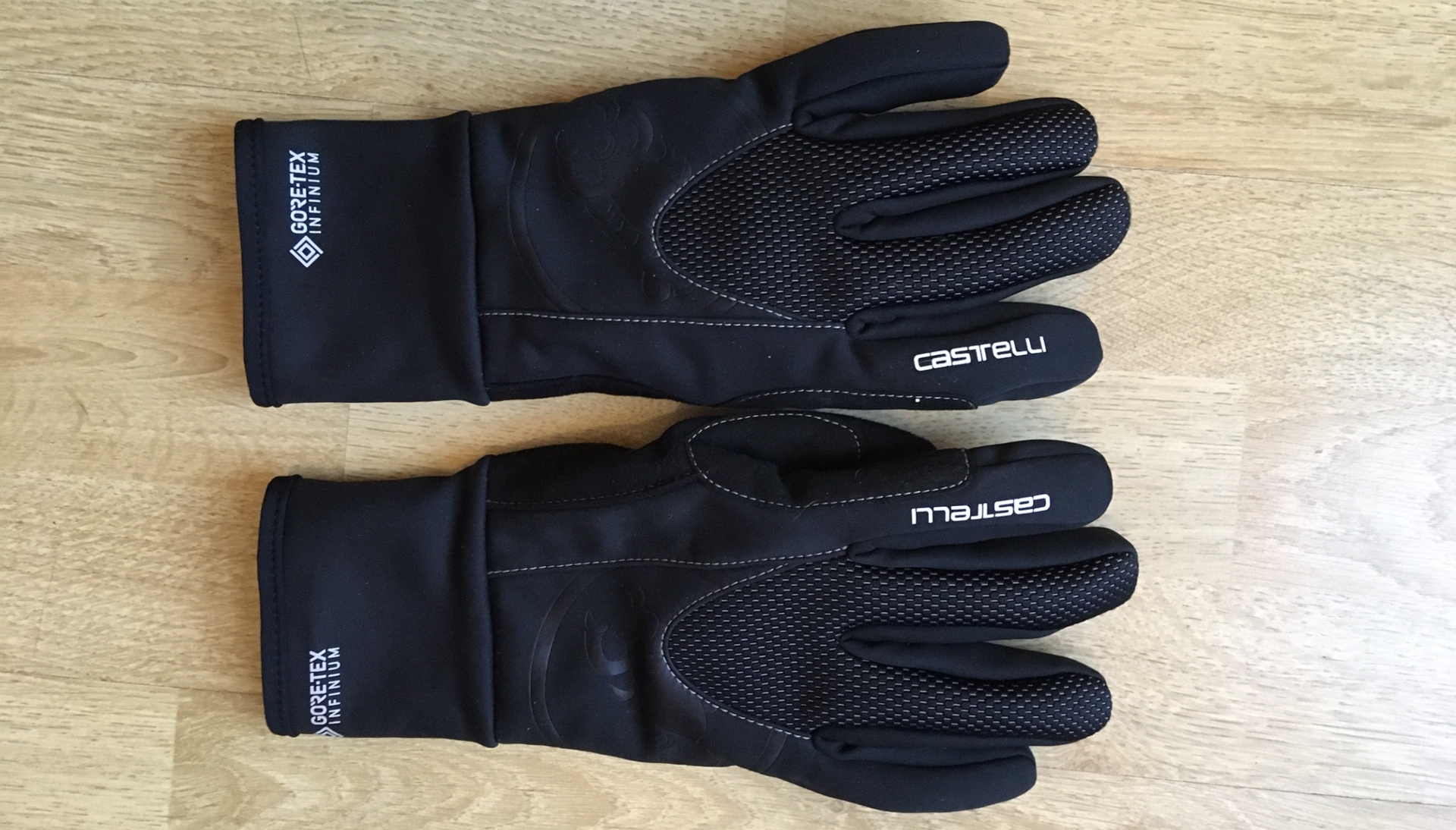
The Estermo is equipped for low temperatures thanks to windproof material and long cuffs
Specifications
Reasons to buy
Reasons to avoid
Castelli Estremo gloves are billed as the Italian's brand 'warmest cold weather glove'. After testing we found this to be accurate. The Estremos kept our hands warm in below-freezing temperatures, while still allowing us to maintain plenty of bar feel.
The blend of fabrics is spot on. The Gore-Tex Windstopper material on the top of the glove and the cuff keeps out the worst of the weather, while that long, adjustable cuff does a stellar job of sealing the heat in. Inside the fleece material feels luxurious, as do the gloves as a whole. Detailing is high, with regards to the silicone palm grippers and the padding, although a tad more reflectivity would be appreciated.
The Estremo gloves may be expensive but it's hard to put a price on keeping your hands truly warm. If you intend on cycling through the winter then you could do far worse than invest in a pair of these gloves.
- Read more: Castelli Estremo winter gloves full review
Best value
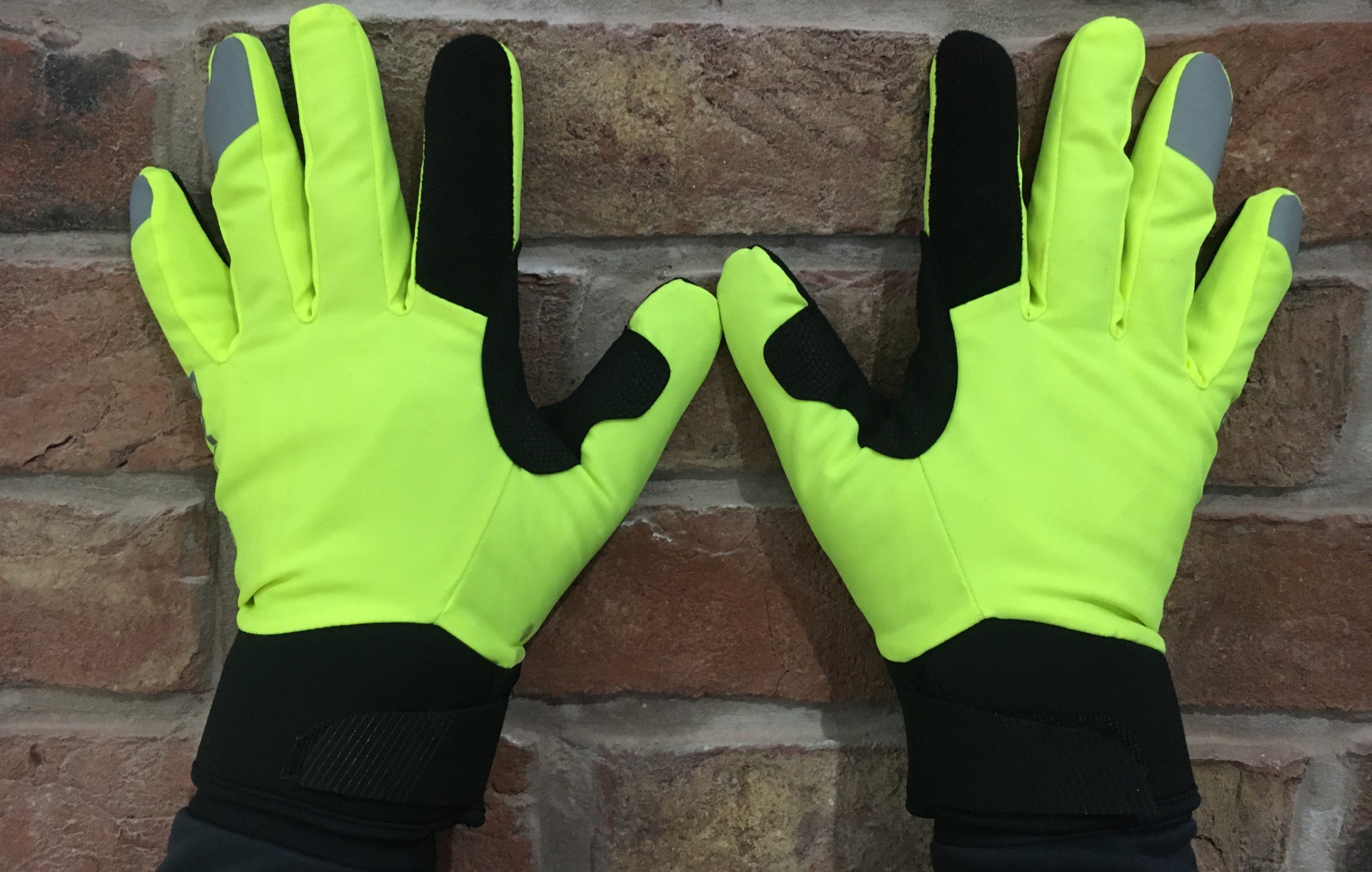
Endura Strike gloves are both wind and waterproof
Specifications
Reasons to buy
Reasons to avoid
We couldn't help but highly rate these brilliant winter cycling gloves from Endura. They aren't quite as finessed as the higher-end brands, but with both impressive wind and water proof characteristics, they could easily fit into both categories.
The Endura Strike gloves have a gel palm as well as silicone details, making them great at gripping the bars and controls in all weather. They do have quite a short cuff though, which longer-armed riders might find creates a glove-to-jacket / jersey gap.
The stretchy windproof panel across the back of the gloves managed the tightrope balance of providing bitter wind protection without losing breathability. While they wouldn't keep your hands dry indefinitely in a downpour, the waterproofing also punched well above the price bracket assumption, and we found that as long as you didn't remove your gloves, even when they are wet, they will keep your hands warm, again thanks to their impressive wind blocking qualities.
- Read more: Endura Strike gloves full review
Best warmth vs bulk
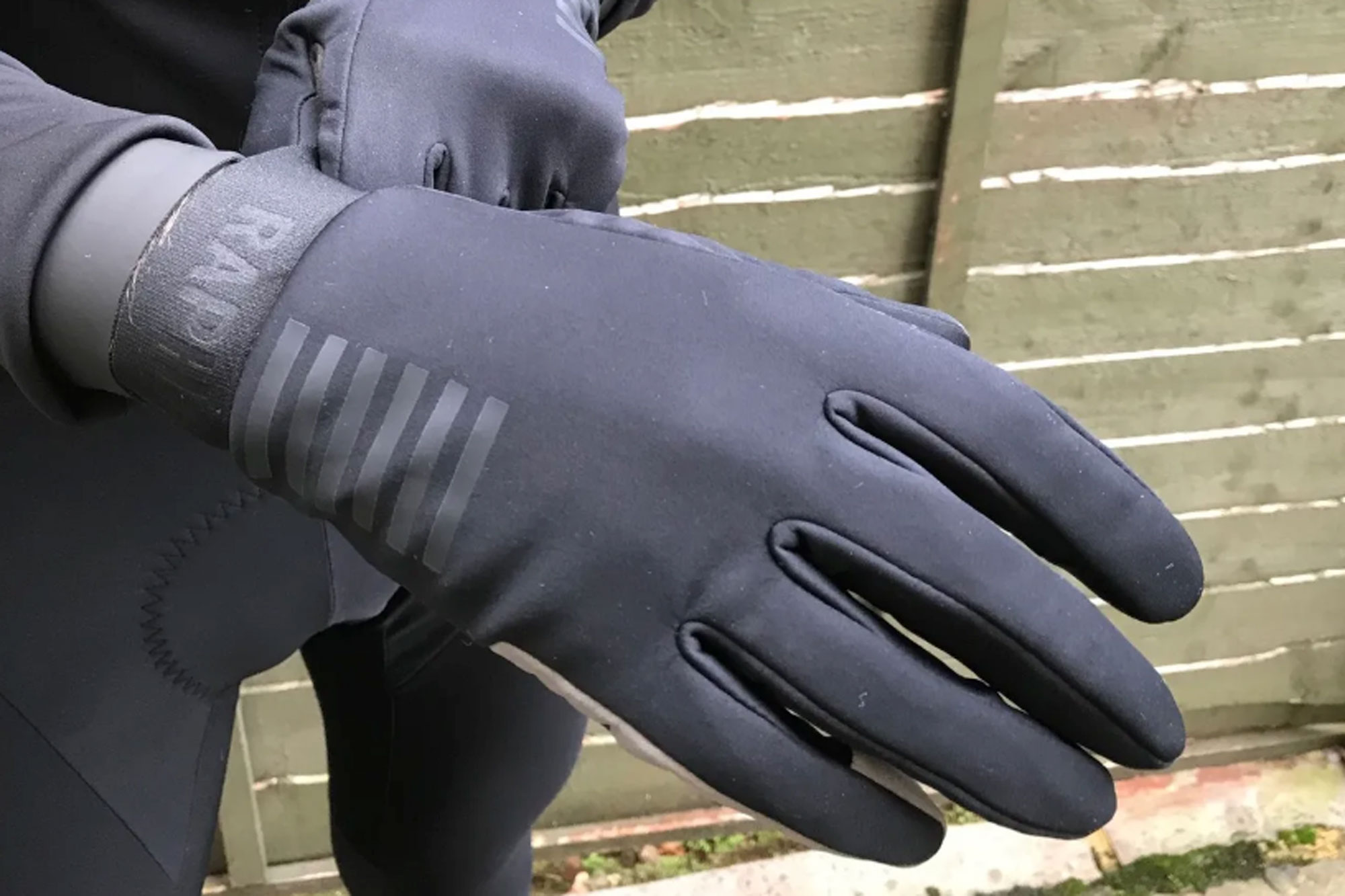
Rapha Pro Team Winter offering are a sleek, high performing winter glove
Specifications
Reasons to buy
Reasons to avoid
The Rapha Pro Team Winter Gloves stand-out feature is their lack of bulk. On test we were impressed at how this low profile package was capable of keeping hands warm, performing exceptionally well at really low temperatures.
We loved the minimal padding on these and found them the perfect winter cycling glove for its excellent grip in all weather with zero dexterity compromises, including both navigating a touch screen and unwrapping a mid-ride energy bar. They're certainly a high-performance choice and we found them to be the best winter cycling gloves to pull on for winter league racing.
The windproof back of the gloves does a very good at blocking the cold, but it's worth noting that these are water resistant, not water proof. So in the rain, the backs of the gloves do keep out the water thanks to a DWR coating (which will need reapplying at some point) that makes raindrops bead off, but we did find that the synthetic suede palms absorb it.
There is no denying the high price tag that the Rapha Pro Team Winter Gloves command, more than both the other 'elite' brands winter offerings, such as the Castelli Perfetto RoS gloves. However, if you want the perfect winter cycling glove for racing, then these are spot on.
- Read more: Rapha Pro Team Winter Gloves full review
Best for mixed conditions
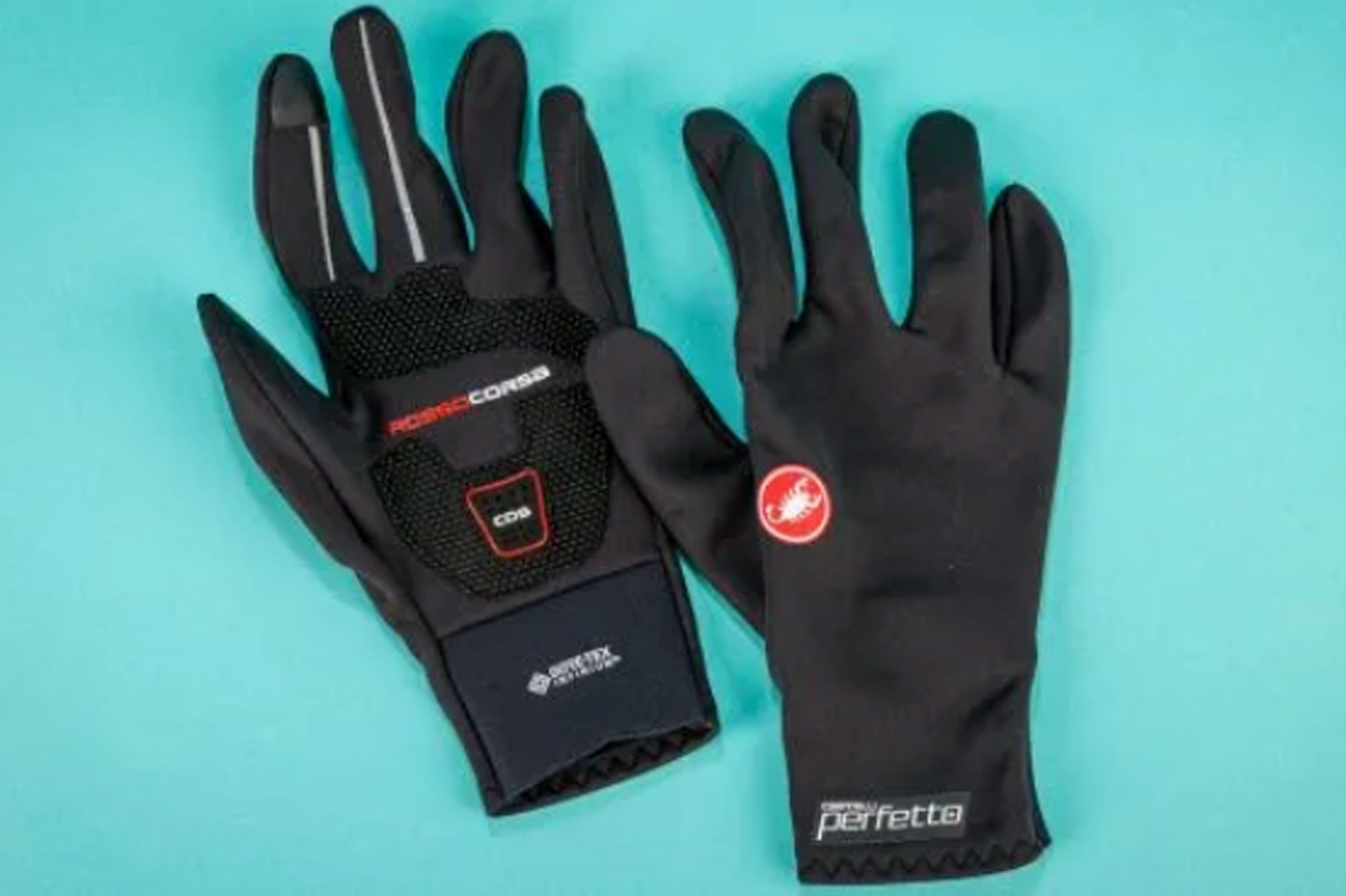
Castelli Perfetto RoS gloves offer warmth without the bulk
Castelli Perfetto RoS gloves
Our expert review:
Specifications
Reasons to buy
Reasons to avoid
On test we absolutely loved the Castelli Perfetto RoS gloves, finding them so close to being the best winter cycling gloves that we gave them a coveted Cycling Weekly Editor's Choice award.
Using the latest Gore Infinium Windstopper fabric, the Castelli Perfetto RoS gloves manage that difficult balance between adequate insulation, water repellence and windproofing on the one hand (pun intended) and bar feel, ride comfort and dexterity on the other.
With a light fleece lining, there's enough warmth to keep the hands warm and even after hours of light rain, they stay dry. Once the water does make it in, your hands still stay warm and there's enough dexterity to work the controls and keep yourself fed as you ride.
- Read more: Castelli Perfetto RoS Glove full review
Best for breathability
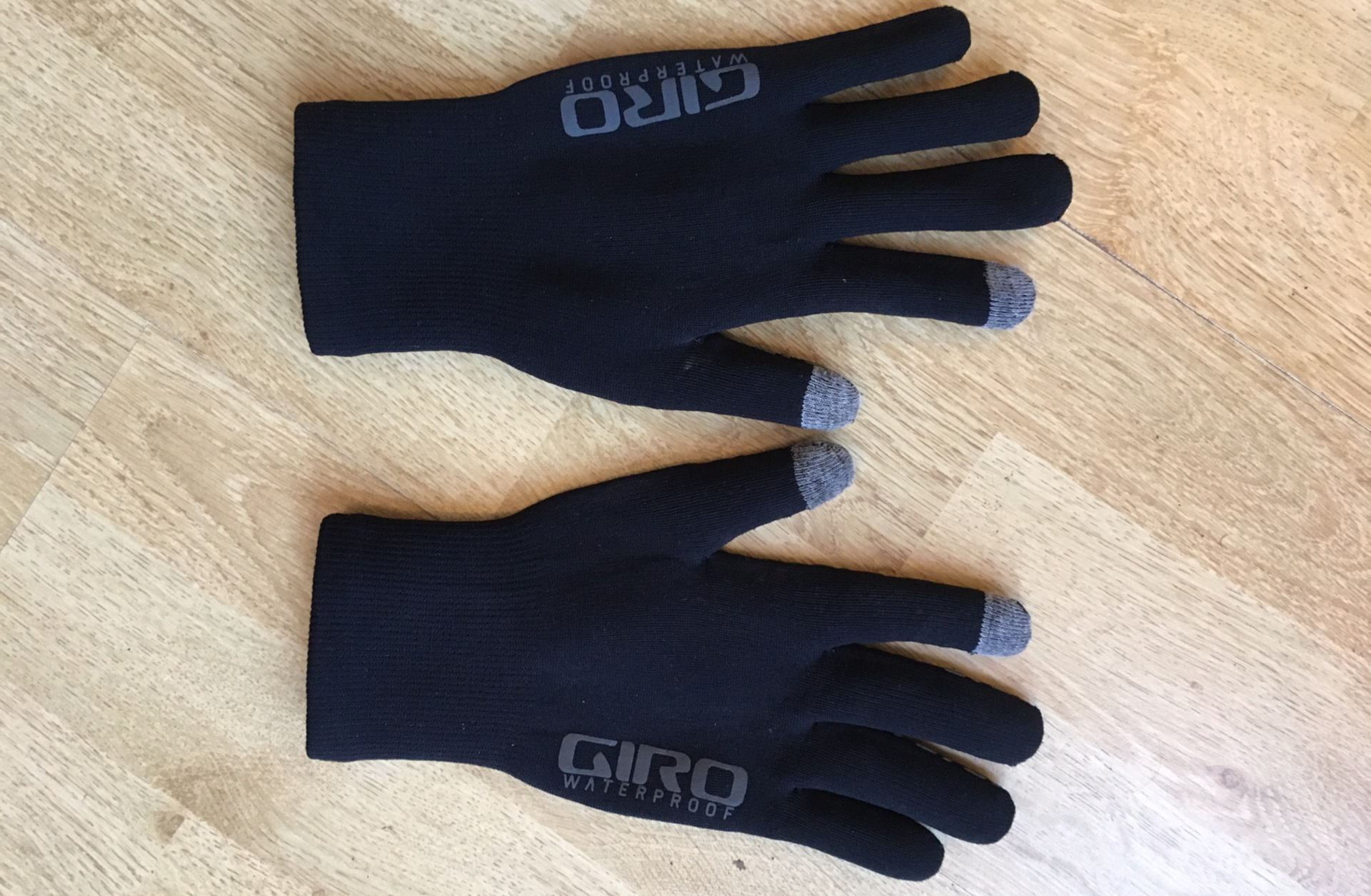
Warm, lightweight, breathable and waterproof, the Xnetic gloves are adaptable across a range of winter riding conditions
Specifications
Reasons to buy
Reasons to avoid
Giro's Xnetic H20 gloves are billed as waterproof, and they are. But they are also more than just something to reach for when the skies threaten rain. Thanks to their lightweight, minimalist design they work well as a go-to-glove for cool conditions, whether you're heading out on a long road ride or popping to the shops on your bike. At just 62g for the pair, they store away easily too.
The Xnetic's low weight also means that once on you barely notice that you're wearing them. This can also be attributed to the high level of stretch, which sees the glove conforming to your hand shape with ease. It also creates a good seal at the wrist, stopping any unwanted drafts from entering.
Unlike traditional neoprene gloves, the Xnetic gloves offer far greater breathability. On test, our hands never got overly sweaty. Surprisingly for a glove that allows this degree of moisture management, they also did a stellar job of keeping our hands warm, working well in temperatures in the low single digits celsius, and keeping them dry through persistent showers and the occasional heavier downpour.
The technology at work here is well disguised. This is a simple-looking glove that will be appreciated by any minimalist. However, the three-layered fabric, which almost has the look and feel of a knit glove, blends a durable outer with a waterproof membrane and a hypoallergenic lining. And it works very well indeed.
- Read more: Giro Xnetic H20 gloves full review
Best for mild weather
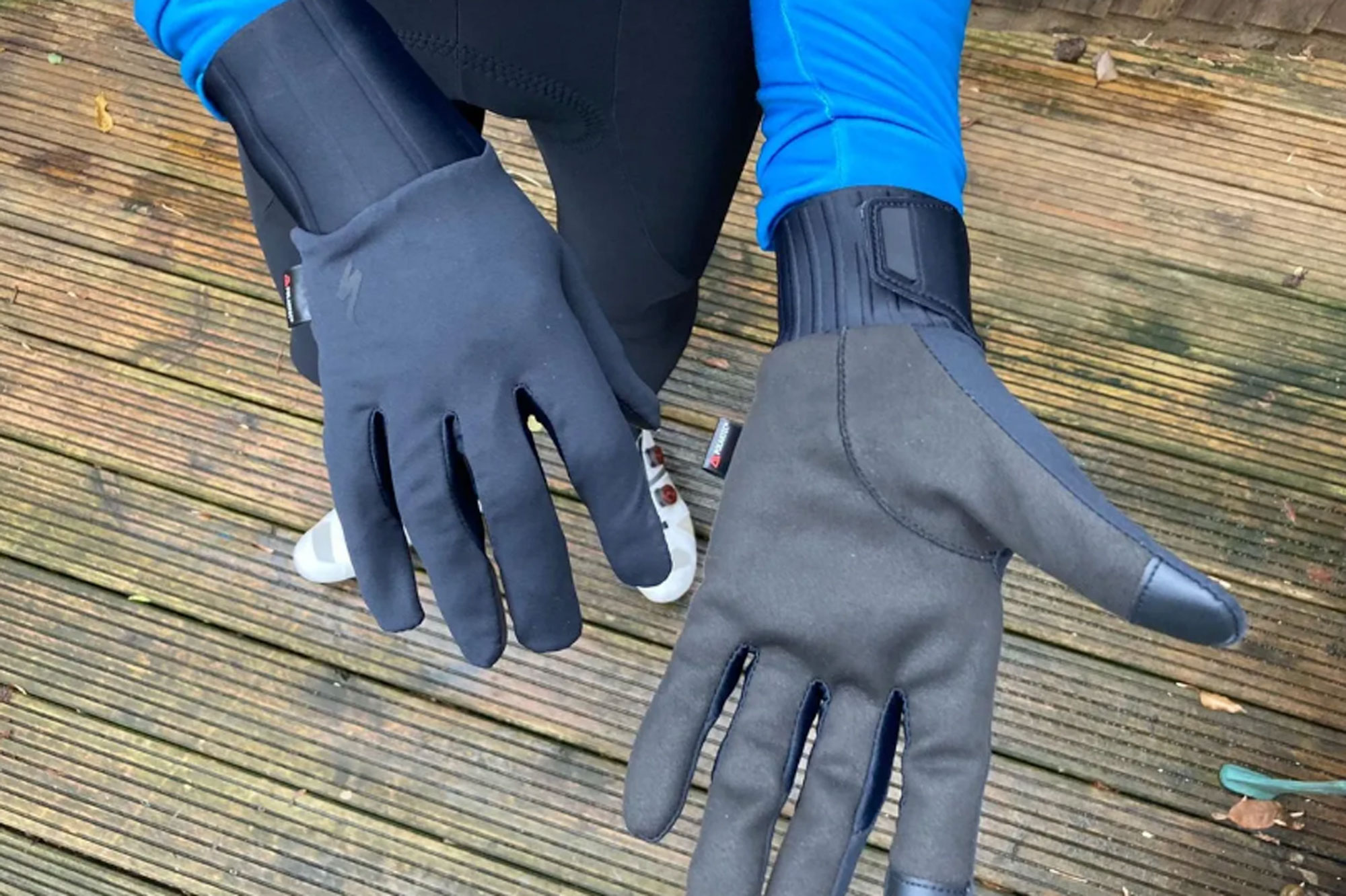
Specialized Prime Series Thermal Gloves use a Polartec fabric for increased warmth
Specifications
Reasons to buy
Reasons to avoid
We really rated these Specialized Prime Series Thermal gloves for a more of a mild winter option, ideal for late autumn and early spring riding in changeable conditions.
The Polartec Neoshell backs are as waterproof as Polartec claims, the AX suede palms are ‘hydrophobic’; they're not waterproof, so badged as water resistant. On test we found them one of the best winter cycling gloves to happily withstand a light shower or drizzle with no problem, but as we've said with the likes of the Rapha Pro Team Winter Gloves, this style of microfiber will always wet out, so it's a matter of when, not if.
On test, we found the cuff really well done, with its Velcro adjustable closure a break from the current trend of just stretchy. It allows you to fine-tune the fit, without adding additional bulk, allowing the cuff to be over or under your jacket/ jersey sleeve.
Their lightweight nature affords great breathability, especially on the days when it's a colder start and then warms up (or vice versa), although if your hands do get hot the Specialized Prime Series Thermal Gloves are light and packable enough to stash in a pocket.
The only real downside is their lower temperature range limitation, meaning that it's likely that you'll have to invest in something like the Rapha Pro Team Winter Gloves, or even the Rapha Deep Winter gloves for real freezing rides.
Best for absolute warmth
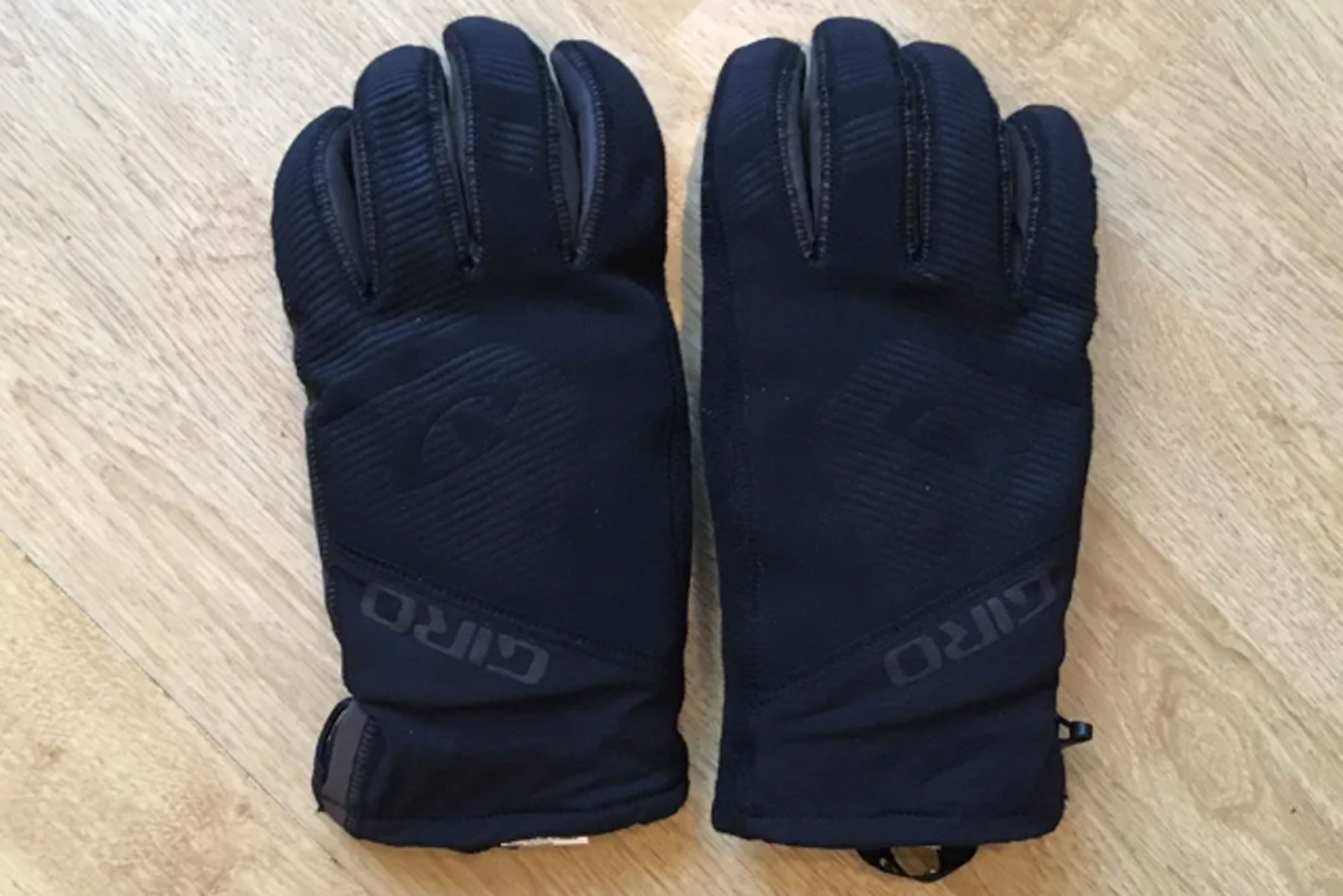
Giro's Proof winter gloves are certainly warm if not a little bulky
Specifications
Reasons to buy
Reasons to avoid
The Giro Proof is the five-fingered sibling of the previous Giro Proof 100 lobster mitts. Here you get the same level of impressive warmth but with increased dexterity thanks to the traditional glove shape.
The build quality is high, with fabrics that provide plenty of protection against the elements as well as being durable. As with the Proof 100s, we found that one of the only drawbacks is the gloves' nose wipe. It's made from a lovely soft fleece material but is far too narrow to do its job well. Otherwise, this is a sturdy glove that kept us nicely warm through the coldest winter days.
- Read more: Giro Proof winter gloves full review
FAQs
Does owning a pair of winter cycling gloves make a difference?
In short, yes.
You could decide to just ride in a pair of general winter gloves when it gets cold but you'll find that they lack several cycling specific details. Unlike ski gloves, for example, the best winter cycling gloves cannot depend on super-thick padding because we need to retain sensitivity so that brakes, shifters or any electronic road bike groupsets can be operated efficiently.
Instead they use a blend of fabrics that keep the weight down and dexterity levels up while still offering protection against the elements. Keeping out the wind is crucial: fabrics such as Gore Windstopper and similar will do this, and feature on the best winter cycling gloves, as well as offering water repellence and breathability. The inner padding and/or membrane varies from glove to glove and on what sort of temperature the glove is aimed at, whether deep winter or chilly and wet.
With more cyclists using one of the best cycling computers, or even just even one of the best cycling apps, the best cycling winter gloves will also have touch screen sensitivity integrated in to the fingers, preventing you from having to remove one in order to swipe the screen or navigate controls.
What makes a winter cycling glove windproof?
The main layer of protection on the best winter cycling gloves should be an impermeable windproof layer designed, as you can guess from the name, to keep cold air and wind away from your hands.
One of the most popular fabrics for this is Gore's Windstopper fabric, or Infinium as it's also known as. It's used in lots of the best winter cycling gloves across many brands aside from Gore itself. There are other options made by different manufactures too that can work just as well.
Regardless of the brand, the fabrics should work to keep the elements out while still being breathable enough to prevent your hands from overheating and getting sweaty.
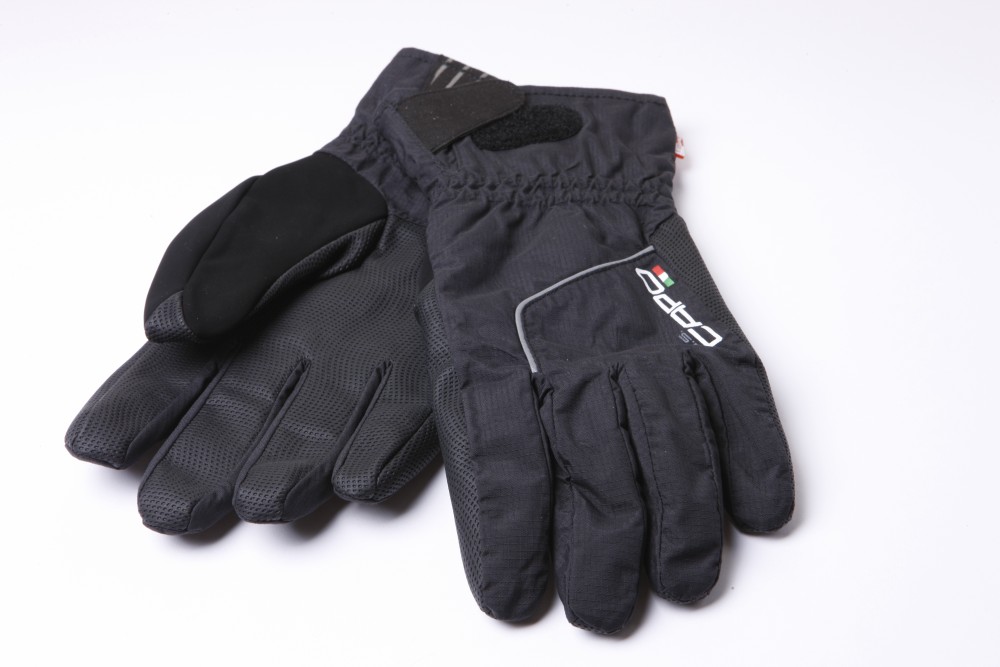
Capo winter gloves
How do winter cycling gloves retain heat?
The second line of protection in the best winter cycling gloves is a thermal layer designed not only to keep the cold air away from your skin but also to make sure that any warm air generated by your hands is trapped and not allowed to escape.
What's important with the thermal layer is that, unlike with skiing gloves for example, it can't be too thick, as you need to maintain your dexterity to be able to feel which lever your finger is on to change gear and to be able to manipulate the brake lever.
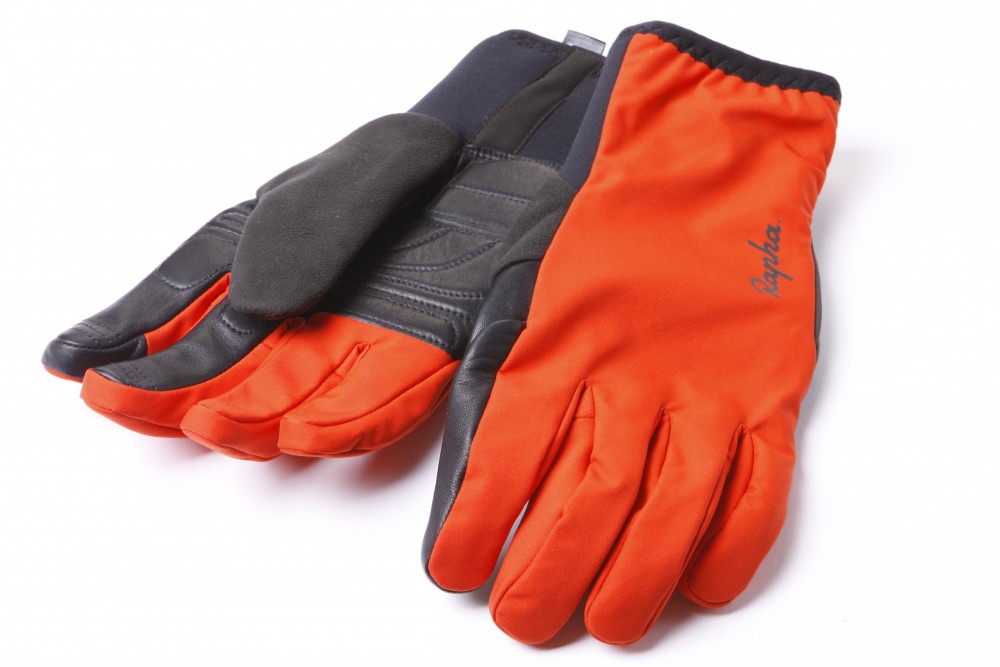
You'll want gloves with a good layer of thermal protection to keep warm air in
How do winter cycling gloves fare in the rain?
Not many people enjoy riding in the rain, but if you're going to keep your training up through the winter, then you're going to want the best winter cycling glove to handle even the wettest weather.
In milder weather, it's not vital to have completely waterproof gloves. Your skin is waterproof after all, so as long as you have gloves that keep your hands warm, they don't necessarily need to keep you dry. Options such as a wet weather neoprene glove can work well in cool (but not cold) conditions. They're often basic in style, with no padding or additional features, such as cuff adjustment.
However when the temperature drops further still, and the rain (and even snow) begins to fall, then you're going to want some more serious winter cycling gloves with an outer layer that will keep the precipitation at bay.
Like any windproof outer layer, a waterproof layer on the best winter cycling gloves should be impermeable to the outside elements to keep your hands dry, but should also be breathable to prevent your hands overheating, particularly over the course of long rides.
It's also important not to forget about your extremities at the other end by prioritizing a pair of the best cycling overshoes to protect your feet against the elements too.
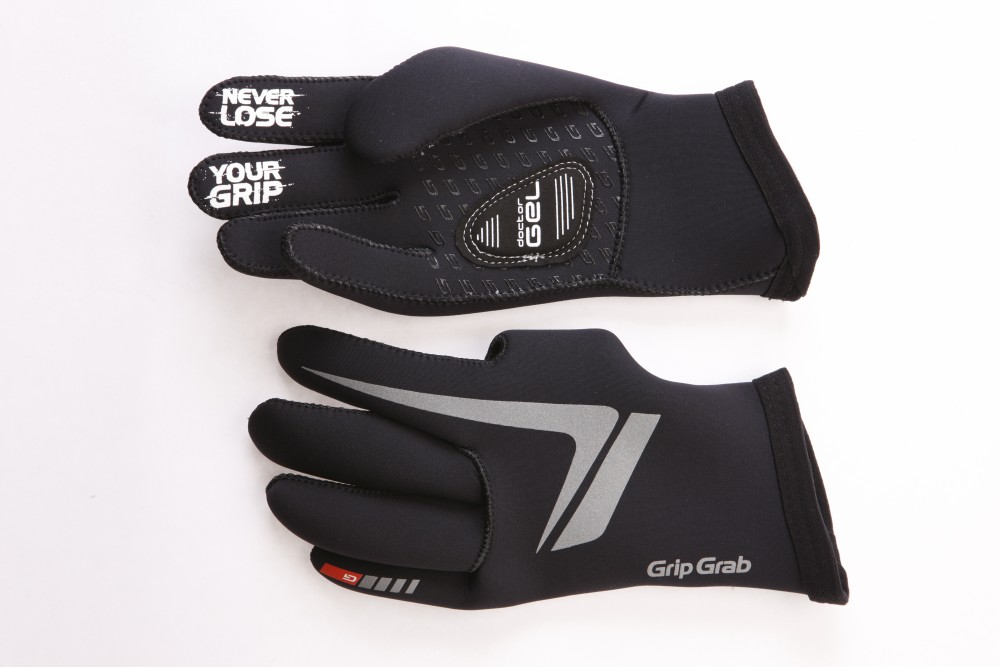
Neoprene gloves, such as these GripGrab ones, are good options for wet but mild weather
What makes for a good cuff on a winter cycling glove?
If you're heading out in breezy conditions, the best winter cycling gloves will have long cuffs to help keep that chilly northeasterly out of your sleeves.
However, it's not always just a case of the longer the better. Your gloves, and the cuffs attached, need to work well in unison with your choice of jersey or jacket. Sealing in the heat, and keeping out the drafts, is crucial if you're going to stay nice and cosy while putting in those long winter miles.
This means you've got a decision to make as to whether you wear the cuff of the gloves over the top or underneath the cuff of your jacket.
If your jacket has loose sleeves then it's worth getting a pair of gloves with a tight cuff, over which you can pull the sleeves of your jacket. This is also the case when it's raining. If your jacket is waterproof, then the rain beads off the arms and will end up filling the gloves from the top like a bucket. Velcro straps or zips will help mitigate this slightly, but tucking in is the best form of rain defense.
When the weather is dry, then running cuffs over the sleeves is by far an easier option, especially if you have to remove your gloves to use a touchscreen.
If you do find yourself running hot in the middle of a winter club run, pulling down cuffs can be a good way to cool off. Your blood runs so close to the skin at the wrist, this can be an excellent place to control your body temperature.
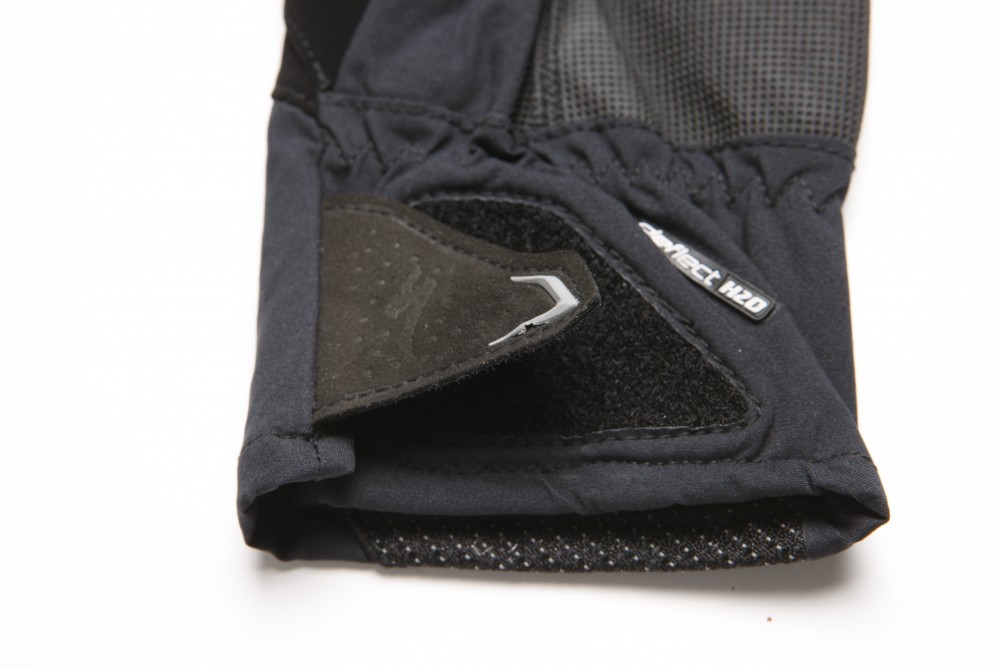
What are the best palm materials for a winter cycling glove?
Riding on wet or even icy roads can be treacherous, so being completely in control of your bike is more essential than ever. Even holding on to the handlebars in the wet can be difficult, particularly if you're using smooth bar tape.
With this in mind, the best winter cycling gloves will have a slightly tacky surface on the palms to make sure you can maintain a secure grip on both the bars and the brake levers. These can vary from silicone grippers applied directly to the palm or additional textured material.
If you feel the need to upload a gritty Instagram selfie to show your mates just how hard you are for heading out when it's blowing a gale and hammering it down with rain, then you're going to need to be able to prod away at your smartphone screen. Luckily, some of the best winter cycling gloves now come with fingertips specially designed to be used with touchscreens.
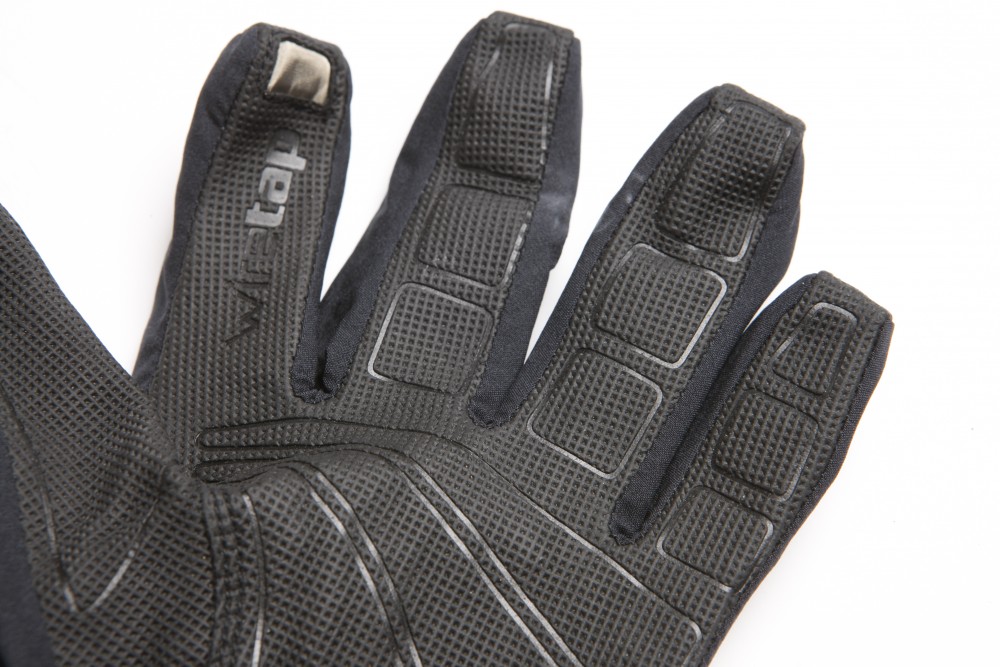
What's a nose wipe and do I need one?
A nose wipe is an absorbent patch, usually located on the thumb with which to wipe a running nose. Most of the best winter gloves for cycling will have one. However, they aren't all created equal. If you suffer from a runny nose when cycling in cold weather it's worth looking for a glove with a generously sized wipe. It's also vital that it's made using a soft material, such as a fleece-like material that feels pleasant against the skin. This area is also useful for wiping rain and road grime off your cycling glasses, but maybe not straight after mopping up some snot...
How we test
Testing these winter gloves involved riding in all weathers and temperatures though the winter, checking them for warmth, breathability and water resistance. Each pair of gloves was also assessed on their fit and dexterity, making sure that it was still simple and safe to operate the brakes, gears and GPS trackers (as well as phone cameras for Rule 5 selfies).
Get The Leadout Newsletter
The latest race content, interviews, features, reviews and expert buying guides, direct to your inbox!
Luke Friend has worked as a writer, editor and copywriter for twenty five years. Across books, magazines and websites, he's covered a broad range of topics for a range of clients including Major League Baseball, the National Trust and the NHS. He has an MA in Professional Writing from Falmouth University and is a qualified bicycle mechanic. He has been a cycling enthusiast from an early age, partly due to watching the Tour de France on TV. He's a keen follower of bike racing to this day as well as a regular road and gravel rider.
-
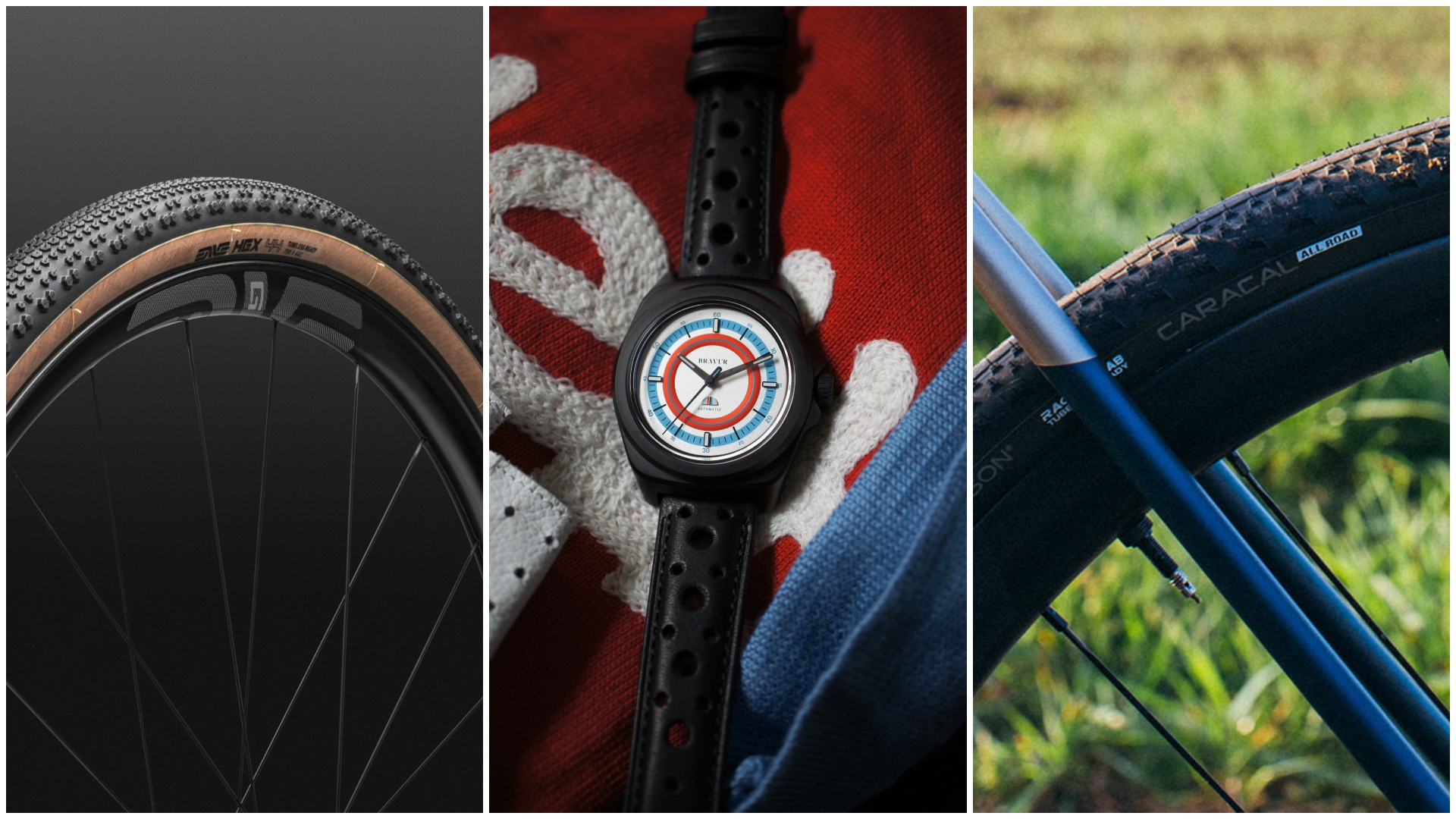 Tech Roundup: A gravel bike with 57mm tyre clearance, a not-smart, but very smart watch for cyclists, and new rubber from Enve, and Hutchinson
Tech Roundup: A gravel bike with 57mm tyre clearance, a not-smart, but very smart watch for cyclists, and new rubber from Enve, and HutchinsonAllied's latest release is proof that tyres are only getting wider
By Joe Baker Published
-
 I ran Paris-Roubaix’s Arenberg sector and now I never want to cycle it
I ran Paris-Roubaix’s Arenberg sector and now I never want to cycle itThe five-star stretch of the Hell of the North was not an ideal surface for a 4.5km run, but it made for an interesting time
By Adam Becket Published